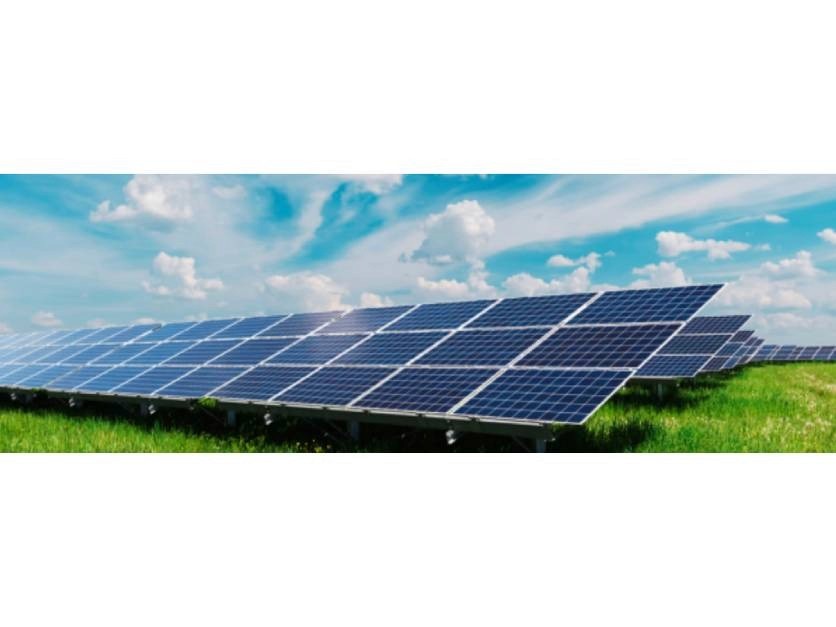India’s Solar Landscape & Hybrid Solar Adoption Trends
India has witnessed a remarkable surge in solar energy adoption over the past decade. According to the Ministry of New and Renewable Energy (MNRE), India had installed over 70 GW of solar capacity by 2023, with plans to reach 280 GW by 2030 (MNRE). While grid-connected solar power remains dominant, hybrid solar systems—combining solar panels with battery storage and grid connectivity—are – gaining traction due to their reliability and cost-effectiveness.
A report by the International Energy Agency (IEA) states that the demand for solar-plus-storage solutions in India is expected to grow at a CAGR of 12% by 2027, driven by frequent grid failures, high electricity tariffs, and declining battery costs (IEA).
What is Hybrid Solar Power?
Hybrid solar power is an advanced energy solution that integrates solar panels with battery storage and a grid connection. Unlike traditional grid-tied solar systems, which rely on the electricity grid when solar production is low, hybrid solar systems store excess solar energy in batteries. This stored power can be used during the night, power outages, or peak demand hours, ensuring a continuous and stable energy supply. Hybrid systems offer greater energy independence, reduced reliance on fossil fuels, and protection against rising electricity costs. By combining solar energy with battery storage, hybrid solar systems provide a more resilient and efficient power solution for homes and businesses.
Understanding Hybrid Solar Systems
A hybrid solar system integrates solar panels with battery storage while maintaining a connection to the main power grid. This allows users to store excess solar energy for use during peak hours or power outages, reducing dependency on the grid and maximizing energy savings.
Key Components of a Hybrid Solar System:
Solar Panels: Capture sunlight and convert it into electricity.
Hybrid Inverter: Manages the flow of power between the solar panels, batteries, and grid.
Battery Storage: Stores excess solar energy for later use.
Grid Connection: Acts as a backup when solar or battery power is insufficient.
Cost Savings & Investment Recovery Timeline
The financial benefits of a hybrid solar system depend on regional electricity rates and usage patterns. Here’s a breakdown of potential savings:
A 5 kVA hybrid solar system can generate approximately 600-750 kWh per month, depending on location and sunlight hours.
In states with high electricity tariffs (e.g., Maharashtra, Tamil Nadu, and Karnataka), where residential electricity rates range from ₹6-₹10 per kWh, homeowners could save ₹3,600-₹7,500 per month.
With battery storage, consumers can avoid peak-hour electricity charges, which can be up to ₹12 per kWh in some regions.
The investment recovery period typically ranges from 5 to 7 years, depending on usage, subsidies, and electricity costs.
Battery Storage & Backup Power
Modern lithium-ion batteries have revolutionized solar storage. Compared to traditional lead-acid batteries, lithium batteries offer:
Longer lifespan (8-15 years vs. 3-5 years for lead-acid batteries)
Higher efficiency (~90% round-trip efficiency)
Compact size and lower maintenance requirements
A 5 kWh lithium-ion battery can typically provide backup for 4-6 hours, depending on load demand. In areas with frequent power outages, higher-capacity storage may be required.
Sunmeister offers Victron Energy products, which are globally recognized for their high-quality inverters, battery storage solutions, and charge controllers. These advanced energy management systems ensure optimal efficiency, seamless integration with solar setups, and reliable power backup for both residential and commercial applications.
Maintenance Requirements
Hybrid solar systems require minimal maintenance, but regular upkeep can enhance efficiency and longevity.
Solar Panels: Clean every 3-6 months to remove dust and debris.
Batteries: Lithium-ion batteries require little maintenance, but lead-acid batteries need periodic water refilling.
Inverter & Wiring: Annual inspections ensure optimal performance and prevent faults.
Software Updates: Smart hybrid inverters often receive firmware updates that optimize performance.
Government Incentives & Subsidies
The Indian government provides various incentives to encourage solar adoption. While subsidies differ by state and category, common types include:
Central Financial Assistance (CFA): MNRE offers up to 40% subsidy for residential solar
installations under the Rooftop Solar Programme Phase II.
State-Specific Subsidies: States like Gujarat and Rajasthan provide additional incentives on top
of central subsidies.
Net Metering Policies: Allows excess energy to be sold back to the grid, reducing electricity bills
further.
GST Benefits: Reduced GST rates (5%) on solar components lower overall costs.
Accelerated Depreciation (For Businesses): Businesses can claim 40% depreciation in the first
year, reducing taxable income.
For detailed subsidy eligibility, visit MNRE or check respective state renewable energy departments.
The Future of Hybrid Solar in India
As battery prices continue to decline and energy policies become more favorable, hybrid solar systems are poised to play a crucial role in India’s renewable energy transition. Homeowners and businesses alike are recognizing the long-term financial and environmental benefits of adopting hybrid solar technology.
Investing in a hybrid solar system in 2025 means not just reducing electricity bills but also contributing to a sustainable energy future for India. Investing in a hybrid solar system in 2025 means not just reducing electricity bills but also contributing
References:
Ministry of New and Renewable Energy (MNRE): https://mnre.gov.in
International Energy Agency (IEA): https://www.iea.org/reports
State Electricity Boards for Tariff Rates
For further updates on solar trends and insights, follow Sunmeister.

